Paws and Claws: Comprehensive Pet Paw Care for Your Beloved Pets
Taking care of your pet’s paw care is essential for their overall health and comfort. From nail trimming to moisturizing, here’s how to ensure your furry friend’s paws are in top shape.
Table of contents
Nailing Paw Care Basics
How to Trim Your Pet’s Nails
Proper nail care is crucial for your pet’s comfort and mobility. Learn the techniques and tools for safe and effective nail trimming, whether you have a dog or a cat.
Nail trimming is an essential part of pet grooming. Overgrown nails can cause discomfort, affect your pet’s gait, and even lead to injuries. Here’s how to do it right:
Tools You’ll Need:
- Pet nail clippers or grinders
- Styptic powder (in case of bleeding)
- Treats for positive reinforcement
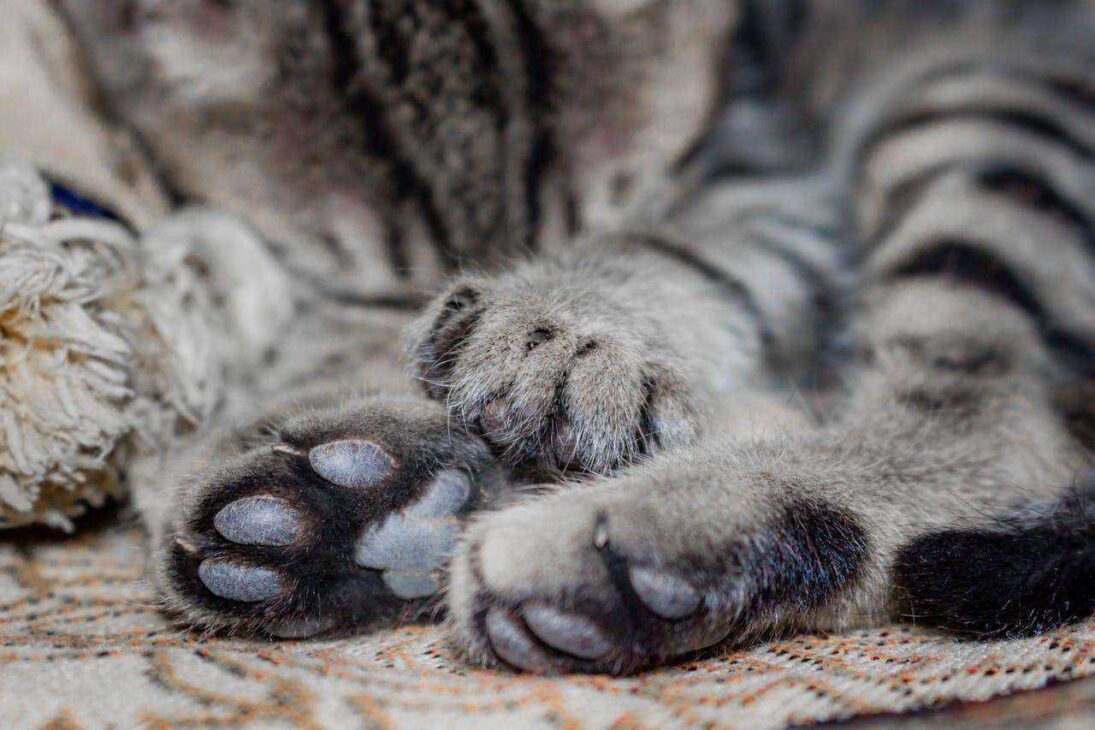
Step-by-Step Guide:
- Get your pet comfortable: Start by gently handling your pet’s paws from a young age so they get used to it.
- Choose the right time: Opt for a time when your pet is calm, such as after exercise.
- Use proper tools: Ensure your nail clippers or grinders are clean and sharp.
- Trim a small amount: Cut or grind just the tip of the nail to avoid hitting the quick, which can cause bleeding and pain.
- Watch for the quick: The pink part inside the nail is the quick. It’s best to trim just before it.
- Take breaks: If your pet gets restless, don’t push it. You can always continue later.
- Reward and praise: Offer treats and affection to make the experience positive.
Pawdicures for Cats and Dogs
Discover the art of pampering your pets with pawdicures. Find out how to make nail trimming a stress-free experience and keep your pet’s nails healthy.
Pawdicures are a fantastic way to combine nail care with relaxation for your pet. Here’s how to create a spa-like experience:
Tools You’ll Need:
- Pet-safe nail polish (optional)
- Pet-friendly nail file or grinder
- Treats and toys
Step-by-Step Guide:
- Create a relaxing environment: Choose a quiet, well-lit area where your pet feels comfortable.
- Soften the nails: If your pet’s nails are very hard, consider soaking them in warm water for a few minutes to soften them.
- File or grind the nails: Use gentle strokes to shape the nails and remove sharp edges. Be sure not to hit the quick.
- Optional: Apply pet-safe nail polish if you like. Make sure it’s formulated for pets and dries quickly.
- Reward your pet: Treats and playtime are essential for a positive association with pawdicures.
Cleaning and Moisturizing Paws
How to Clean Your Pet’s Paws
Your pet’s paws can get dirty, but proper cleaning can prevent issues. Learn the steps to clean paws and when it’s necessary.
Regular paw cleaning is essential to remove dirt, debris, and potential irritants. Here’s a guide to keep those paws spotless:
Tools You’ll Need:
- Warm water
- Mild pet shampoo (if needed)
- A soft towel
- Treats for rewarding your pet
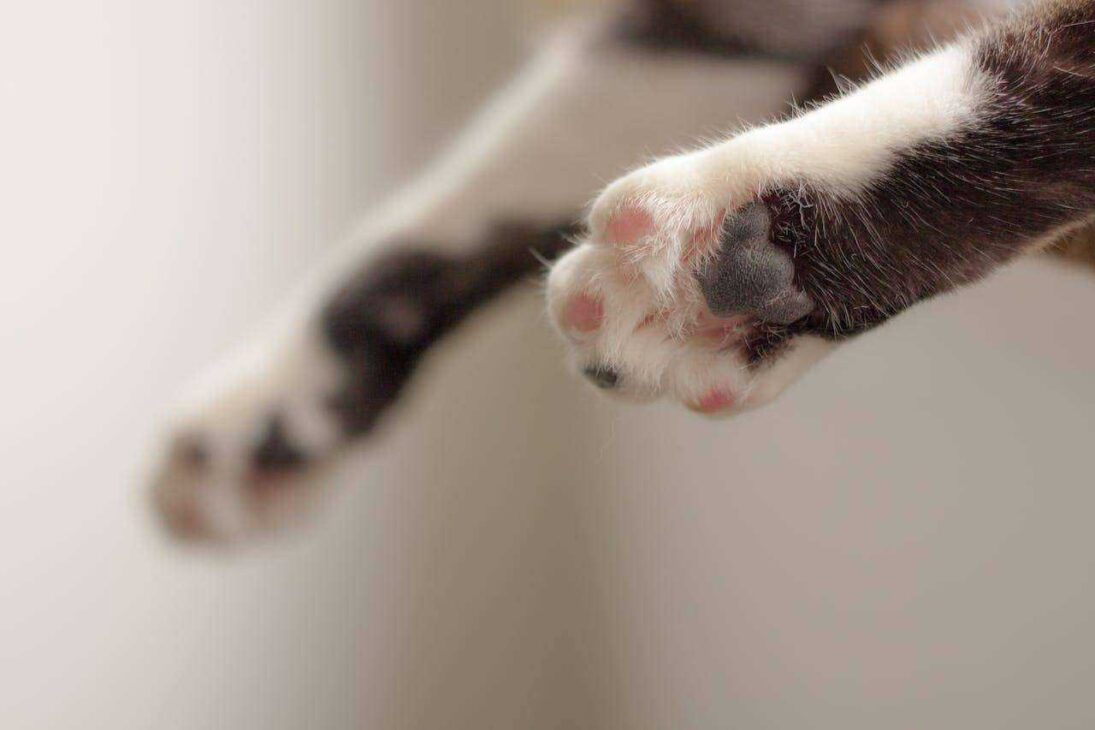
Step-by-Step Guide:
- Prepare a warm, shallow basin of water.
- Gently place your pet’s paws in the water and let them soak for a moment.
- If necessary, use a mild pet shampoo to clean the paws. Ensure it’s safe for your pet and rinse thoroughly.
- Carefully pat the paws dry with a soft towel. Be sure to get between the toes.
- Offer treats and praise to make the experience positive.
Moisturizing Your Pet’s Paws
Healthy paws need proper hydration. Explore the benefits of moisturizing your pet’s paws and how to do it safely.
Moisturizing your pet’s paws can prevent dryness, cracking, and discomfort. Here’s how to keep those pads supple:
Tools You’ll Need:
- Pet-safe paw balm or wax
- Treats for rewards
Step-by-Step Guide:
- Ensure your pet’s paws are clean and dry.
- Apply a small amount of pet-safe paw balm or wax to each paw pad.
- Gently massage the balm into the pads, covering the entire surface.
- Allow some time for the balm to absorb, or distract your pet with treats and play.
- Repeat as needed, especially in dry or harsh weather conditions.
Protecting Paws in All Seasons
Weather-Proofing Your Pet’s Paws
Extreme weather conditions can be tough on paws. Find out how to protect your pet’s paws from hot pavement, icy sidewalks, and more.
Weather can take a toll on your pet’s paws, but with the right precautions, you can keep them safe and comfortable:
Hot Weather:
- Avoid walking your pet on hot pavement during peak heat.
- Opt for morning or evening walks when temperatures are lower.
- Use paw wax or protective booties to shield their paws from scorching surfaces.
Cold Weather:
- Protect paws from ice, snow, and salt by using pet booties.
- After walks, rinse your pet’s paws to remove any ice or salt.
- Moisturize their pads to prevent cracking in cold, dry conditions.
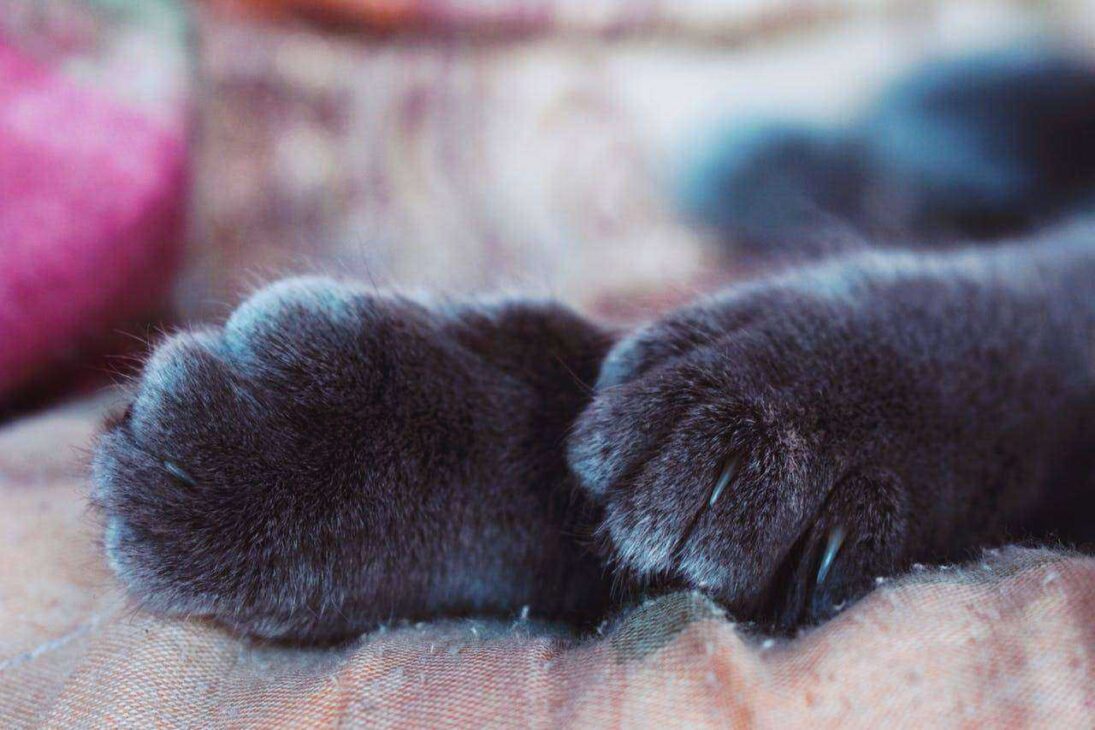
Paw Problems and Solutions
Discover how to identify and treat common paw problems, including hot spots, cracks, and infections.
Sometimes, despite your best efforts, paw problems can still occur. Here’s how to recognize and address them:
Hot Spots:
- Hot spots are red, inflamed areas that your pet may lick or scratch excessively.
- Keep the area clean and dry. Consult your vet for appropriate treatment.
Cracks and Fissures:
- Dry, cracked paw pads can be painful.
- Apply a pet-safe paw balm or wax regularly to keep them moisturized.
Infections:
- Signs of infection include redness, swelling, and discharge.
- Consult your vet for diagnosis and treatment. They may prescribe antibiotics or other medications.
Specialized Paw Care
Paw Care for Allergies
Pets with allergies need special attention. Learn how to care for their sensitive paws and prevent allergic reactions.
Allergies can affect your pet’s paws, causing itching and irritation. Here’s how to manage paw care for allergic pets:
Regular Cleaning:
- Keep their paws clean to remove potential allergens.
- Use a hypoallergenic pet wipe or wash designed for sensitive skin.
Foot Soaks:
- Soothe irritated paws with gentle foot soaks.
- Consult your vet for recommendations on soothing solutions.
Allergen Avoidance:
- Identify and minimize exposure to common allergens, such as pollen or certain foods.
- Consult your vet for allergy testing and tailored advice.
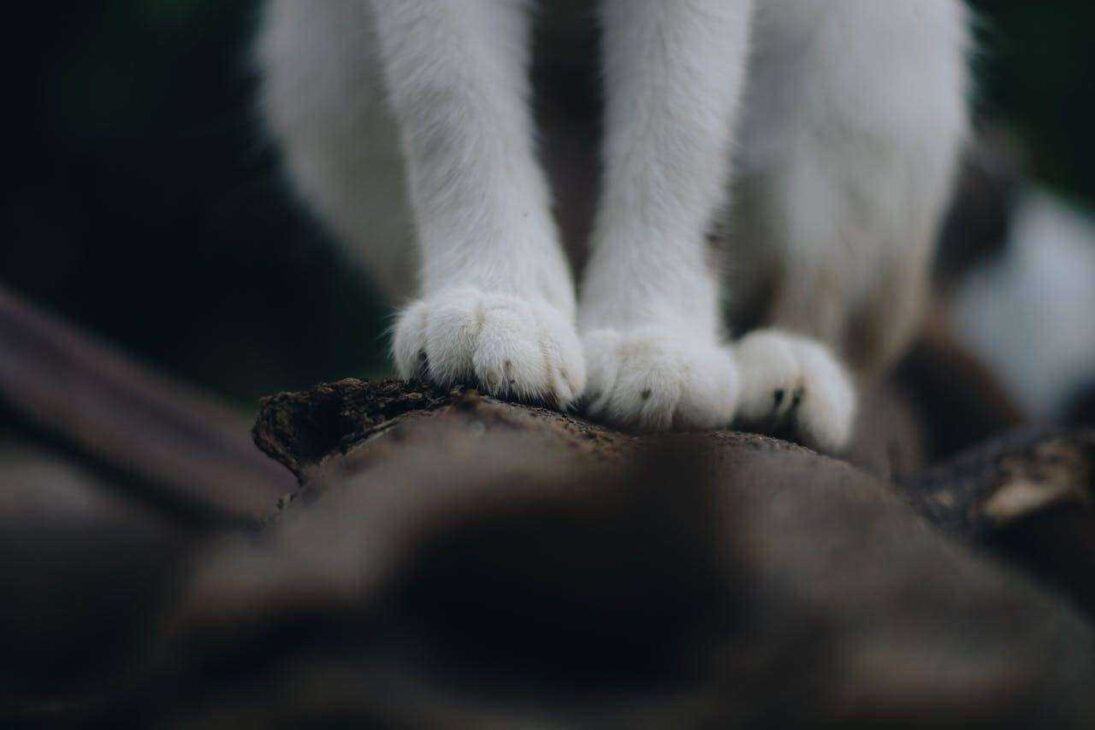
Paw Care for Active and Older Pets
Active and older pets have unique paw care needs. Find tips to keep their paws comfortable and healthy.
Active and senior pets may face specific paw challenges. Here’s how to address them:
Active Pets:
- Active pets may experience more wear and tear on their paws.
- Check their paws regularly for injuries and provide proper rest and care as needed.
Older Pets:
- Older pets may have decreased paw sensitivity.
- Ensure their paws are protected from extreme weather conditions and provide cushioned surfaces for resting.
DIY Paw Care Tips and Products
DIY Paw Balm and Soak Recipes
Create your own paw care products at home with simple recipes for paw balm and soothing paw soaks.
Crafting your DIY paw care products can be a fun and cost-effective way to care for your pet’s paws. Here are some easy-to-follow recipes:
DIY Paw Balm:
- Ingredients: coconut oil, shea butter, and beeswax.
- Melt and mix the ingredients, pour into small containers, and let it cool.
- Apply as needed to moisturize and protect paw pads.
DIY Paw Soak:
- Ingredients: warm water, Epsom salt, and a drop of pet-safe essential oil.
- Mix the ingredients, soak your pet’s paws for a few minutes, and gently pat them dry.
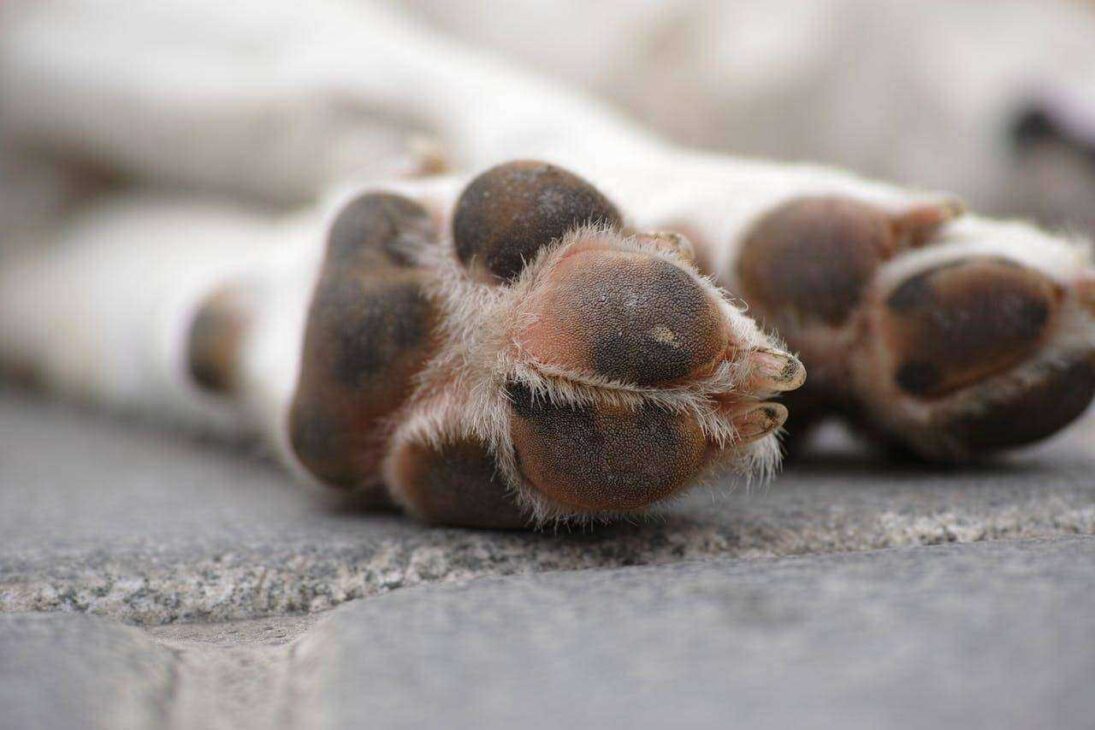
Paw Care Products
Explore a range of paw care products designed for different needs, from allergies to sensitivity and activity levels.
There is a wide variety of paw care products available, catering to various pet needs:
Allergies:
- Look for hypoallergenic paw wipes or washes.
- Consult your vet for recommendations on suitable products.
Sensitive Paws:
- Consider soothing paw balms or wax formulated for sensitive skin.
- Read product labels and choose those without harsh chemicals.
Active Pets:
- Invest in durable, protective booties for active dogs.
- Check for features like non-slip soles and secure fasteners.
Older Pets:
- Opt for cushioned pet mats and beds to provide comfort for your senior pet’s paws.
- Ensure their living space is free of sharp objects or rough surfaces.
Paws and Claws
Whether your pet needs a DIY paw pampering session or specialized paw care products, there are plenty of options to keep their paws healthy and happy. Remember that each pet is unique, so tailor your approach to their specific needs.
By following these paw care tips and practices, you can ensure your pet’s paws are well-cared for and comfortable in all situations. Happy paws mean a happy pet!




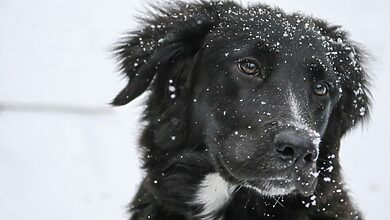

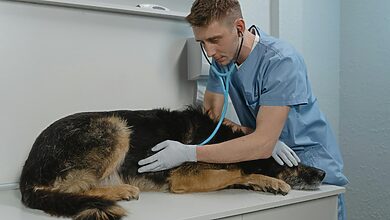
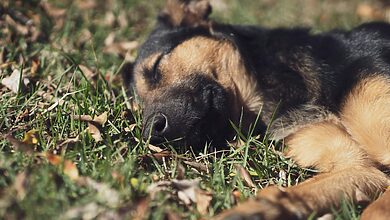
I tried your homemade catnip spray recipe, and my tuxedo cat, Socks, went wild—in the best way! It was so easy to make and perfectly respectful of her sensitive nose. Brilliant, practical content that pet parents love.